Types of Closed valleys
California Cut Valley
California Cut valleys are popular with roofers because they are quick and easy to install. They are less popular with- are not recommended by- shingle manufacturers, but they typically perform adequately and should not be called out as a defective installation type. They are acceptable with dimensional shingles only, not 3-tab.
California Cut valleys are installed in the following manner:
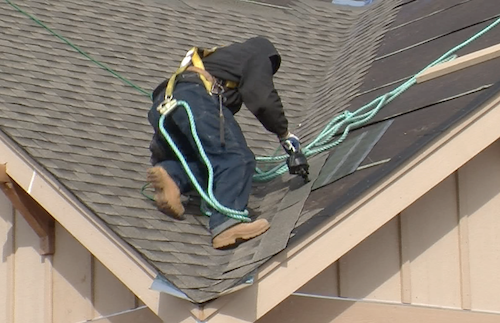
- Shingles on one slope are allowed to cross over onto the adjacent slope.
- Starting at the base of the valley, a row of shingles is then installed (end to end) up the roof parallel to the centerline of the valley. The roofer in the photo above is installing the first of those shingles.
- Once those shingles are in place, their edges closest to the valley form the starting point for installing shingle courses on the second slope. Shingles at each course are started at the valley and cut at edge of the roof.
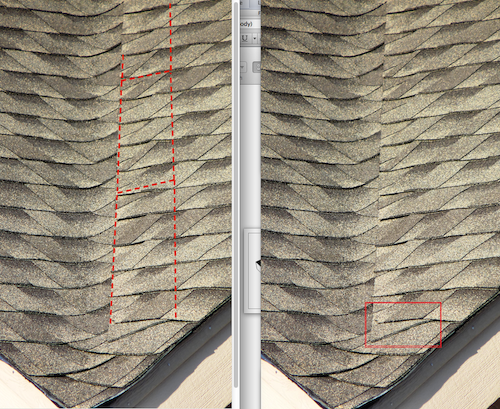
- The photo on the above left shows the outline of the underlying shingles installed parallel with the valley.
- The photo on the right outlines the triangular shingle shape that makes identification of a California Cut valley easy (closeup below).
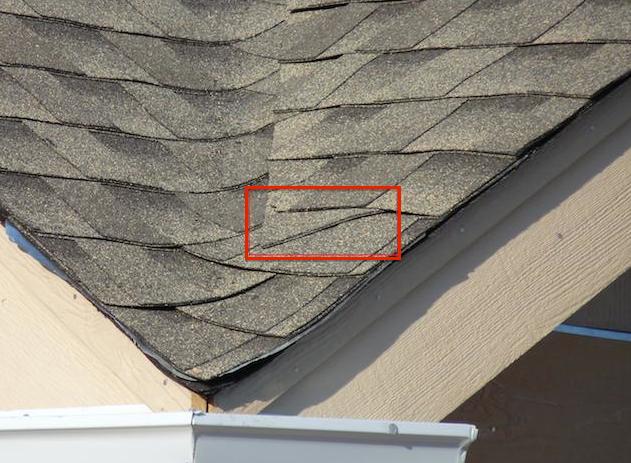
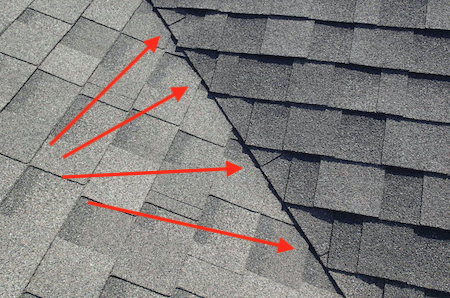
Another way to identify this type of valley is that the edges of appliqués will be oriented differently as you can see in the photo above (incorrectly installed with shingles edges in the valley centerline instead of offset.
The Edge of the shingles oriented parallel with the valley should be offset from the valley centerline 1½” to 2″ . The offset should toward the side with the largest amount of runoff (greatest square footage) or that is steeper. This is to help avoid crosswash (runoff penetrating beneath the shingles on the opposite slope). This is true for both Cut and California Cut valleys.
Cut Valley

As with the California Cut:
1. Shingles are first installed on one slope and allowed to extend across onto the adjacent slope.
2. On the second slope, The roofer starts at the roof edge and works toward the valley, allowing the last shingle in each course to extend across the valley onto shingles on the opposite slope.
3. Once the slope is covered with shingles, the roofer snaps a line parallel to the valley centerline and cuts off the excess.
Failure to snap a line results in a valley that looks like this!
Woven Valleys
When installing woven valleys, courses on adjacent slopes are installed at the same time, overlapping each course at the valley before the next course is started.

A properly installed woven valley
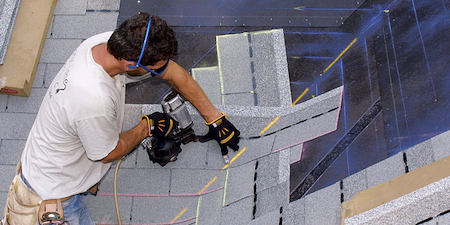
A woven valley being installed.
Open Valley
Open valleys are lined, preferably with metal instead of roll roofing, with will fail and long before metal fails from corrosion.
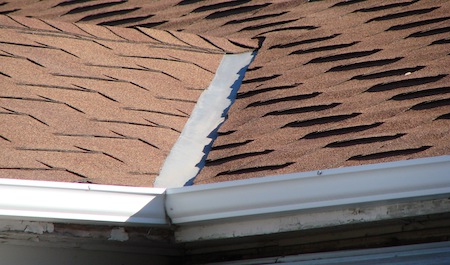
Shingles should be sealed at their edges along the valley.
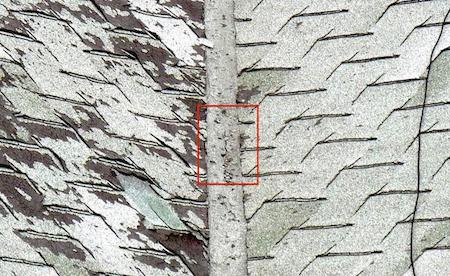
Roll roof lining that has failed and leaks.
